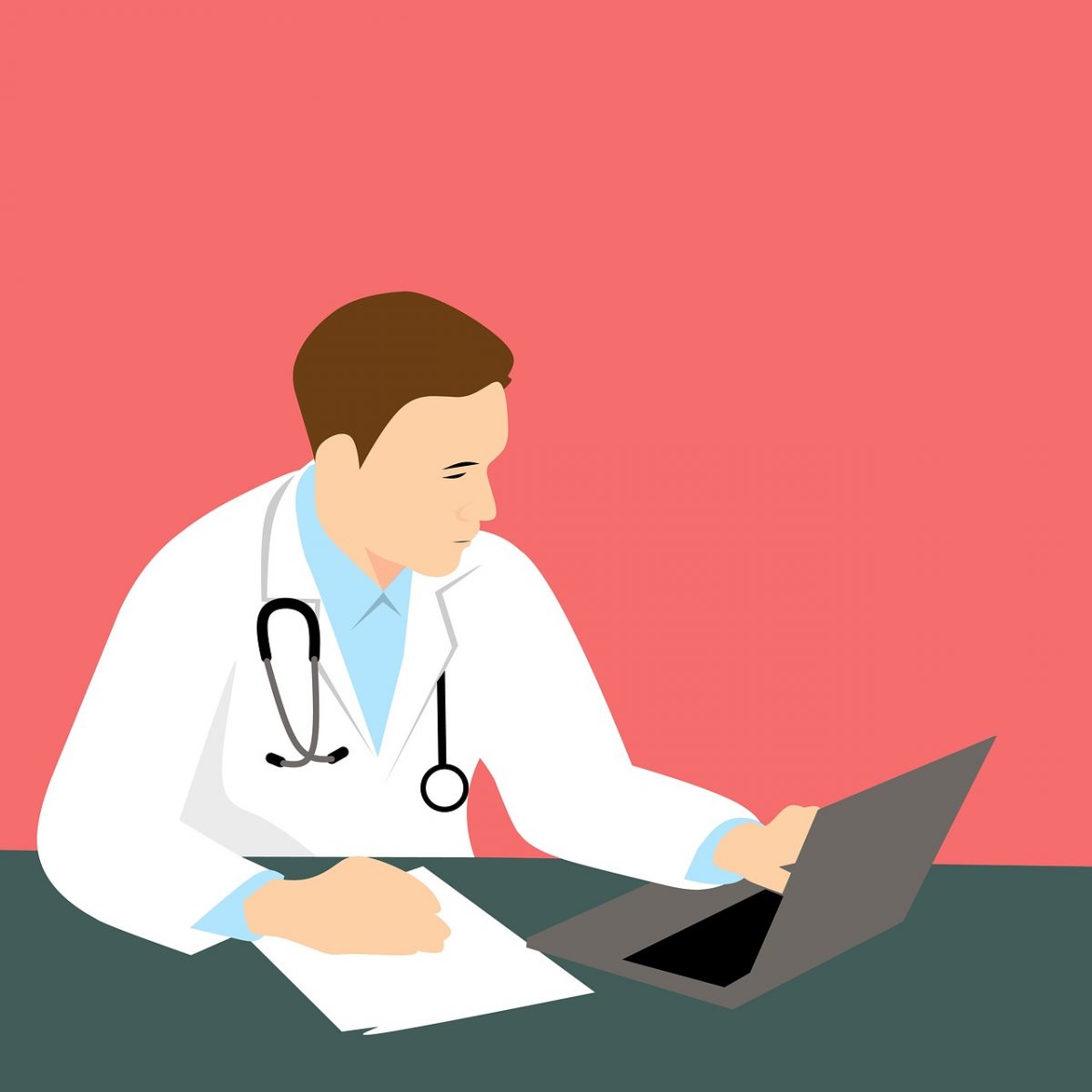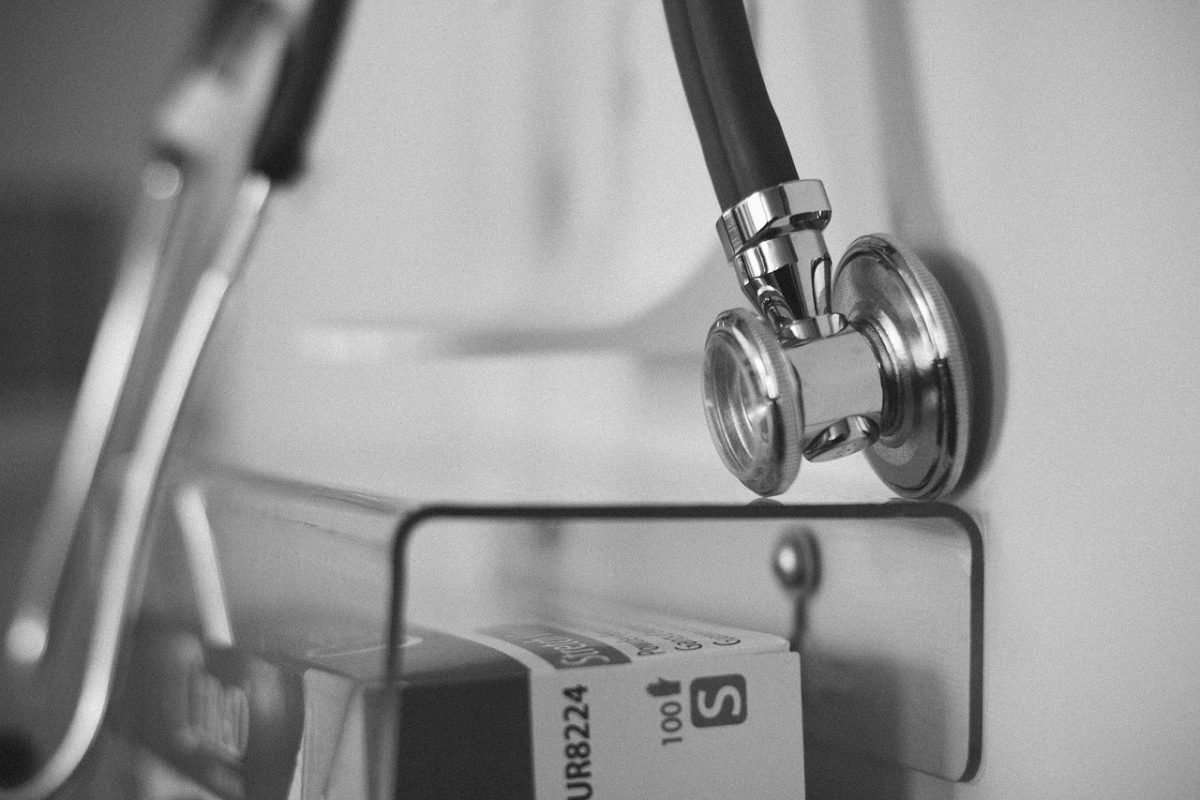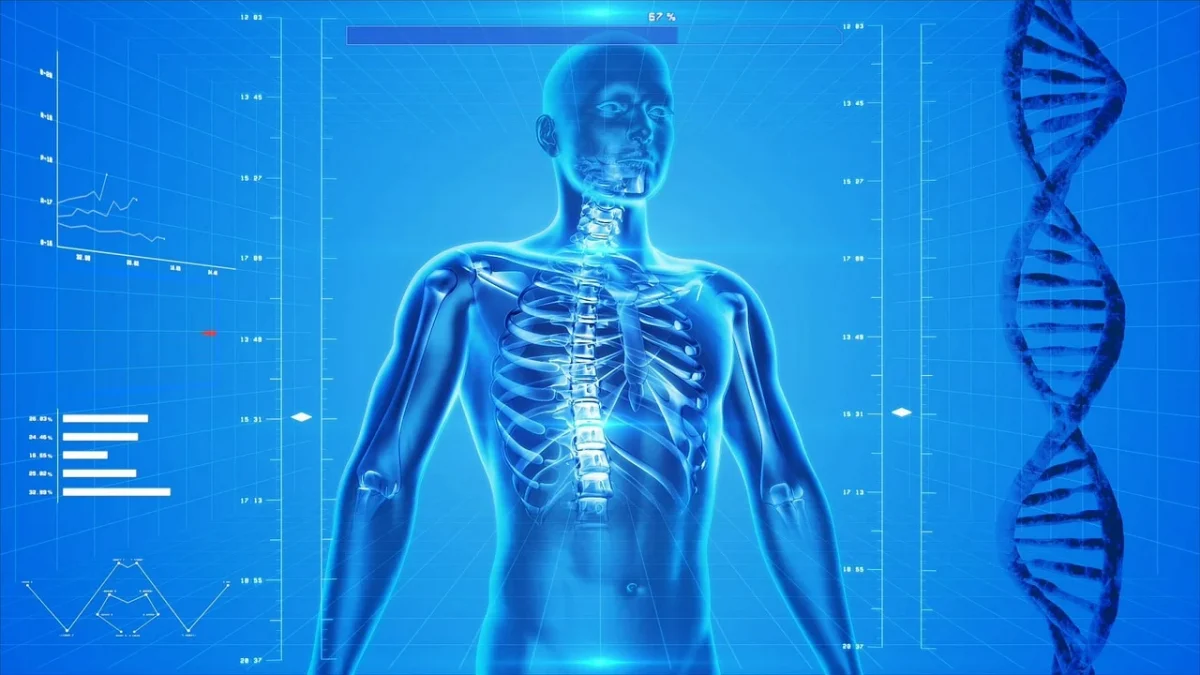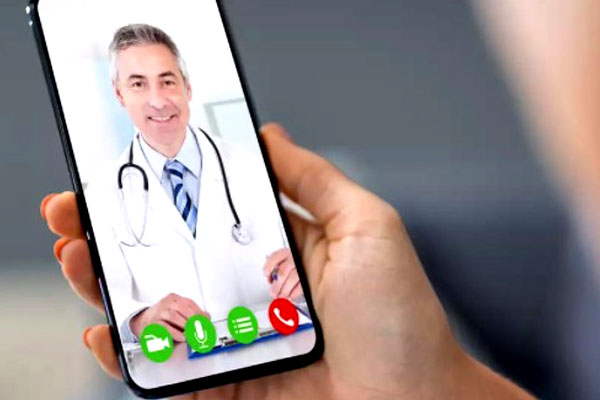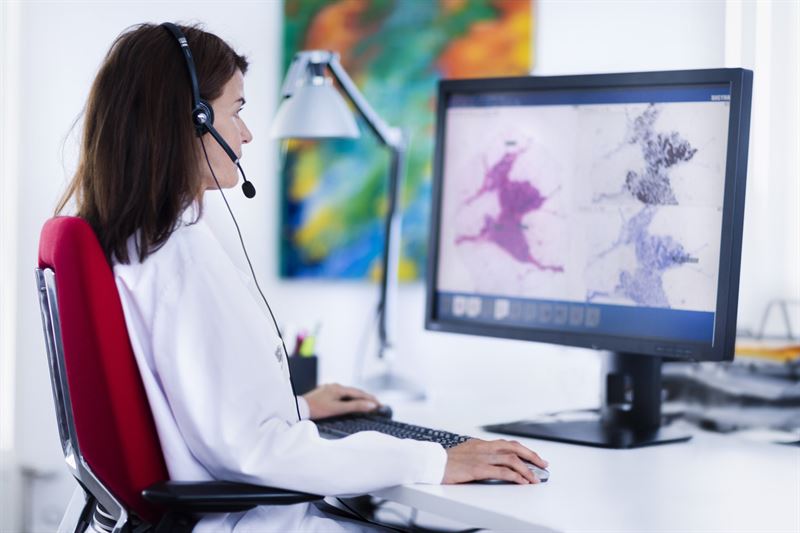Voice AI can play a great role in the healthcare industry, transforming day-to-day operations for healthcare providers, and patients, and ensuring compliance. With the advanced algorithm of machine learning and natural language processing, they can help in preventing physician burnout, eliminating transcription delays, reducing documentation, and enabling healthcare providers to concentrate on patient care.
Historically, a personal assistant or secretary would handle activities including taking dictation, reading aloud text or email messages, searching up phone numbers, scheduling, making phone calls and reminding the user of upcoming appointments. Currently, popular virtual assistants including Amazon Alexa, Apple Siri, Google Assistant, and Cortana, carry out the user’s requests. This application software known as a virtual assistant can recognize natural language voice commands and performs tasks according to user requests.
Voice assistants can provide efficiencies that lessen effort and enhance care. Automation of repetitive operations, the removal of data stream obstacles, and a direct reduction in the time and effort required by care groups can be made possible by AI-powered voice assistants. Despite appearing in healthcare records and other databases, patient information is rarely captured throughout the patient journey. AI-powered patient insights with omnichannel voice insight, in this case, may also be used to generate value for the patient and the practitioner, whether it be through symptom checks, providing high-quality treatment, or enhancing outcomes.
One of the challenges for AI-powered voice assistants is the complex medical vocabulary, but there are solutions that are now offering better ergonomic data entry with good accuracy and robust medical vocabularies. Another challenge is that it is difficult to find the necessary datasets to train AI models for these kinds of jobs as the type of data utilized has a significant impact on AI. There could be restrictions on the tones, accents, and languages that these algorithms can comprehend in the early stages. But there are solutions available that do not need voice profile training, from any device, anywhere.
With easy-to-use features, these solutions can work with different clinical systems and maintain electronic health records, etc. The privacy issue is another factor that may be a cause of concern as it collects data, particularly biometric data like voice data. But the solutions are available that are HIPAA Compliant, GDPR Compliant and other with certifications that take care of these concerns. With easy-to-use features, these solutions can work with different clinical systems and maintain electronic health records, etc.
New tools and technologies are already starting to make waves across the healthcare system but the industry in general has been a slow adopter of these changes. Emerging technologies like genome sequencing, digital tools, and artificial intelligence (AI) hold great promise to transform the delivery of health services in the near future but healthcare needs to be digitized for these technologies to penetrate further. The digitization of healthcare procedures will lead to fresh perspectives and hasten the field’s research and innovation. AI-powered Voice recognition can help in this digitization of the healthcare industry while improving efficiency and bettering patient care.
To know more about these solutions please write to us at open-innovator@quotients.com

